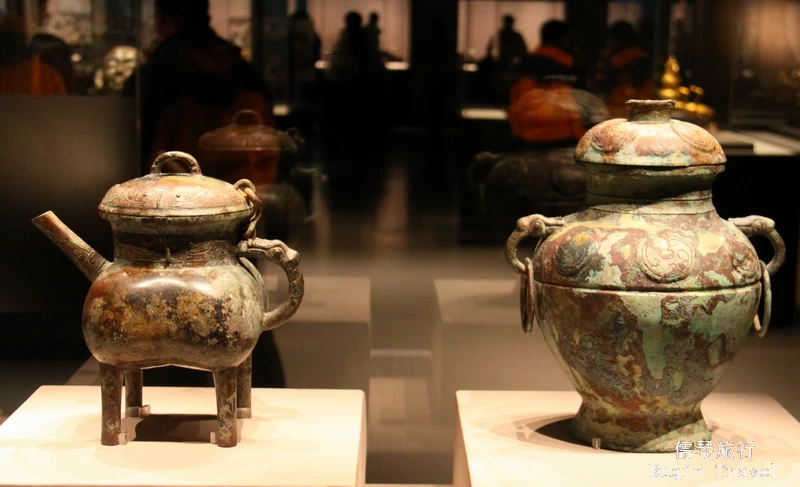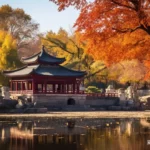Beijing, a city where history intertwines with modernity, is a paradise for those who cherish culture and heritage. The city boasts an impressive array of museums, each offering a unique glimpse into different facets of China’s rich tapestry.
From imperial history to art, and from technological achievements to natural wonders, these institutions capture the essence of Beijing’s past and present.
This guide “Top 10 Best Museums in Beijing” spotlights the top 10 must-see museums in Beijing, ensuring your visit is not just a trip but a journey through time and creativity. Let’s embark on this cultural exploration, revealing the must-visit museums in Beijing.
1. The Palace Museum (The Forbidden City)
The Palace Museum, known as the Forbidden City, stands as a monumental testament to China’s imperial history. Nestled in the heart of Beijing, this UNESCO World Heritage site was the imperial palace for Ming and Qing dynasties. Its stunning architecture, sprawling courtyards, and a vast array of cultural artifacts make it a must-visit destination.
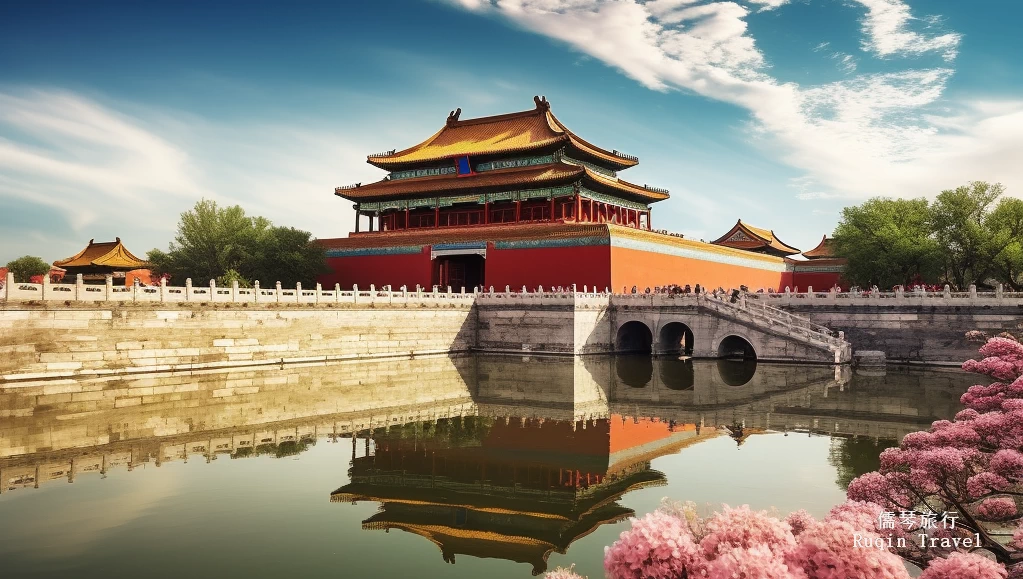
How to Get There: Accessible via the Tiananmen East or Tiananmen West subway stations, the Palace Museum is conveniently located for visitors.
Entrance Fees and Reservation: Tickets vary seasonally, with peak season (April to October) prices slightly higher. It’s advisable to book tickets online in advance, as visitor numbers are capped daily to preserve the site’s integrity.
2. The National Museum of China
The National Museum of China, located majestically on the east side of Tiananmen Square, is a cultural landmark merging history with art. As one of the largest museums in the world, it presents an unparalleled collection that chronicles China’s cultural evolution from ancient times to the modern era. The museum’s vast exhibits range from ancient Chinese artifacts to exhibits on revolutionary history and art.
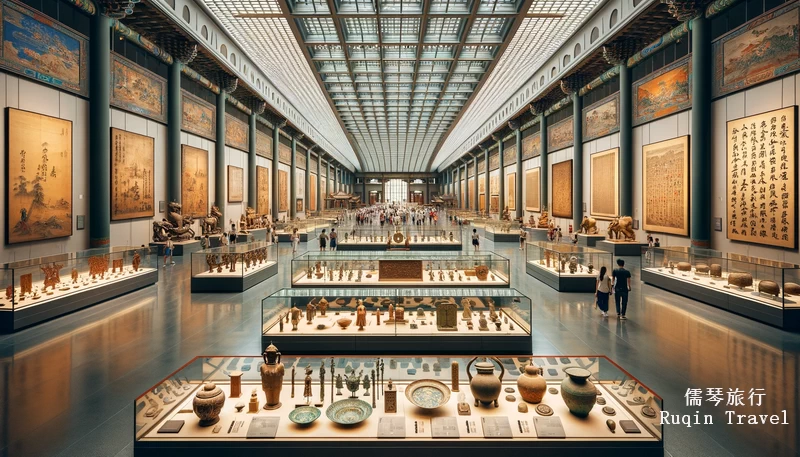
How to Get There: The museum is easily accessible from Tiananmen East or Tiananmen West subway stations, making it a convenient stop for any traveler in Beijing.
Entrance Fees and Reservation: Admission to the National Museum of China is free, but visitors must present a valid ID or passport to enter. It’s recommended to reserve a ticket online in advance to ensure entry, especially during peak tourist seasons.
3. The Capital Museum
The Capital Museum, renowned for its striking modern architecture, stands as a beacon of Beijing’s history and culture. This museum offers a fascinating mix of temporary and permanent exhibitions, providing a comprehensive insight into the city’s evolution. Its collections include ancient bronzes, ceramics, paintings, and calligraphy, all telling the story of Beijing’s rich cultural heritage.
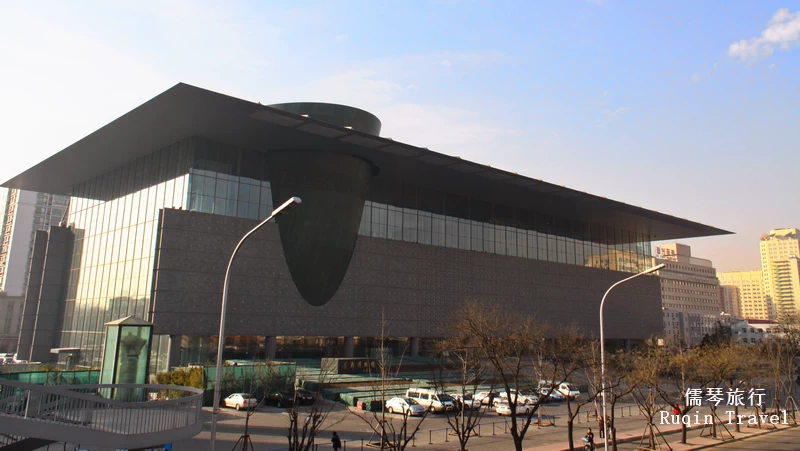
How to Get There: The museum is accessible via the Muxidi or Changchunjie subway stations. It’s located in the western part of the city, making it a pleasant detour from the central tourist spots.
Entrance Fees and Reservation: Entry to the Capital Museum is free, but visitors must book a ticket in advance, either online or at the museum’s ticketing office. This measure ensures a comfortable and orderly experience for all guests.
4. The Beijing National Art Museum of China
The Beijing National Art Museum of China is a treasure trove for art enthusiasts, showcasing an impressive collection of traditional and contemporary Chinese art. This museum serves as a cultural bridge, connecting the past and the present through its diverse array of paintings, sculptures, and folk arts. It’s a place where one can immerse themselves in the artistic expressions of China across different eras.
How to Get There: Located near the Dongsi subway station, the museum is easily accessible and situated in a vibrant area filled with cultural landmarks.
Entrance Fees and Reservation: While admission to most exhibitions is free, some special exhibitions may require a paid ticket. It’s advisable to check the museum’s website for the latest information on current exhibitions and to reserve your spot in advance.
5. The Military Museum of the Chinese People’s Revolution
The Military Museum of the Chinese People’s Revolution offers a profound insight into China’s military history. This museum is a testament to China’s defense heritage, featuring an extensive collection that includes weapons, military equipment, and historical uniforms. It’s an educational journey through the various military milestones of China, providing a unique perspective on the nation’s past conflicts and achievements.
How to Get There: Conveniently located at the Military Museum subway station, this museum is easily accessible and stands as a prominent landmark in the city.
Entrance Fees and Reservation: Entry to the Military Museum is generally free, but some special exhibitions might require a ticket. Visitors are encouraged to book tickets online to ensure a seamless experience, especially during weekends and public holidays.
6. The Beijing Planetarium
The Beijing Planetarium is a gateway to the stars, offering a captivating experience for families and space enthusiasts alike. With its state-of-the-art technology and interactive exhibits, the planetarium takes visitors on a journey through the cosmos, exploring the mysteries of the universe and the wonders of space exploration. The facility is divided into two main buildings, each packed with exhibitions, a digital space theater, and an observatory.
How to Get There: The planetarium is located near the Beijing Zoo, accessible via the Beijing Zoo subway station. It’s a short walk from the station to this celestial wonder.
Entrance Fees and Reservation: Tickets vary depending on the exhibitions and shows you wish to attend. It is advisable to purchase tickets in advance online, especially for popular shows and during school holidays, to avoid long queues.
7. The China Science and Technology Museum
The China Science and Technology Museum is an interactive haven for those intrigued by scientific discoveries and technological advancements. This museum offers a dynamic and educational experience, with exhibits that cover a wide range of topics from ancient scientific inventions to cutting-edge technology. It’s a place where science comes to life, engaging visitors of all ages with hands-on activities and immersive displays.
How to Get There: Located in the Olympic Park area, the museum is accessible via the Olympic Park subway station. Its proximity to other Olympic venues makes it an exciting addition to any itinerary.
Entrance Fees and Reservation: While there is an entrance fee, the cost is modest and provides access to most exhibits. To avoid long waiting times, especially on weekends and during school holidays, it is recommended to purchase tickets online in advance.
8. The Beijing Natural History Museum
The Beijing Natural History Museum is a fascinating destination for those interested in the wonders of natural history. This museum houses extensive collections in paleontology, zoology, and botany, offering insights into the evolution of life on Earth. From dinosaur fossils to various animal specimens and botanical displays, it provides a comprehensive view of the natural world.
How to Get There: Situated in the southern part of the city, the museum is accessible via the Tianqiao subway station. It’s an easy journey for those exploring the historic and cultural sites in Beijing.
Entrance Fees and Reservation: Admission to the Beijing Natural History Museum is generally free, but some special exhibitions may require a ticket. Due to its popularity, especially with school groups, it’s advisable to book your visit in advance online.
9. The National Art Museum of China
The National Art Museum of China is a cultural jewel, showcasing an extensive collection of Chinese art spanning different periods. This museum is a tribute to China’s artistic legacy, featuring works from ancient times to the modern era. Its exhibits include traditional Chinese paintings, calligraphy, sculptures, and a variety of contemporary art pieces, offering a broad perspective on the evolution of Chinese art.
How to Get There: Located near the Dongsi subway station, the museum is easily accessible and sits in an area rich with cultural sites, making it a convenient stop for art lovers.
Entrance Fees and Reservation: Admission is usually free, but some special exhibitions may have an entrance fee. Due to its popularity, it’s advisable to book tickets online in advance, particularly if you plan to visit during peak tourist seasons or on weekends.
10. The Beijing Planning Exhibition Hall
The Beijing Planning Exhibition Hall is a unique museum devoted to urban planning, architecture, and the city’s development. This museum offers an intriguing look at Beijing’s past, present, and future through informative and interactive displays. Visitors can explore exhibitions that detail the evolution of the city’s landscape, including scale models of Beijing, historical maps, and plans for future development.
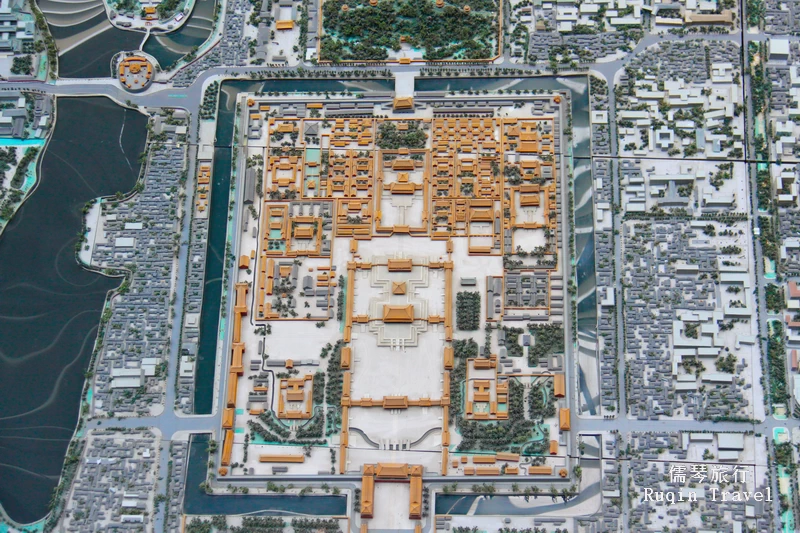
How to Get There: The museum is conveniently located near the Qianmen subway station, making it easily accessible for those exploring the central area of Beijing.
Entrance Fees and Reservation: There is a nominal entrance fee for the Beijing Planning Exhibition Hall. While walk-in tickets are typically available, booking online in advance is recommended, especially during holidays and weekends, to avoid queues.
Beijing’s museums offer a window into the heart and soul of this historic city. From the grandeur of the Forbidden City to the futuristic glimpses at the Planning Exhibition Hall, each museum presents a unique story, blending history, art, and culture.
Whether you’re a history buff, art enthusiast, or simply curious about China’s past and future, these top 10 best museums in Beijing are essential stops on your journey. They not only educate but also inspire, leaving visitors with a deeper appreciation of Beijing’s rich heritage.

